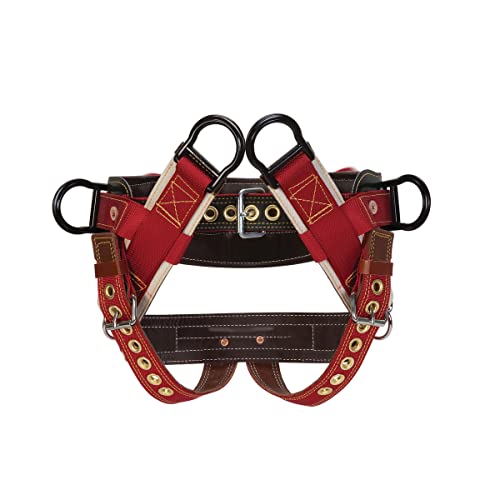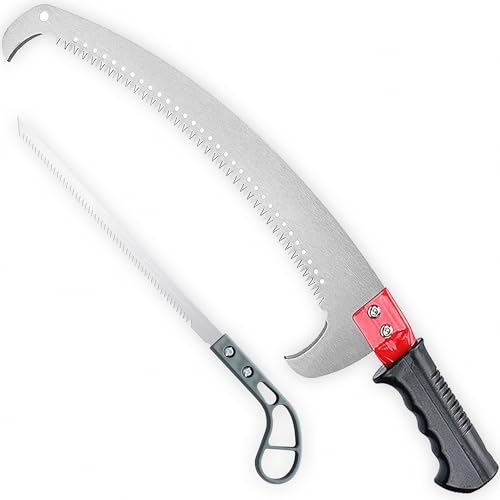When you say block down, do you mean rigging chunks off the same spar you are working on?
The biggest I've done was around 36-40". Usually what I can usually do by the time the spar gets that big is drop the chunks on some tires and use the block and rope as a control to keep the chunk from rolling.
Usually stuff that big is willow or the like and is not around any big targets. I can drop the spar or just chunk onto the turf.
I have killed a number of ropes blocking down big wood, I'll keep the scissors and tape near by and have built new rope into the cost of the project.
E.g. you know that with 36" dia (r=18) wood and you
- are blocking down 40 ft of spar
- need to get it down to 15 feet to drop
- (Pi*r2)/12) 55# gives the 1 ft log weight ~260#
- a 1 ft drop doubles the effective force on the rig, so 3ft log dropped onto the block = 1560#
So, (40-15)*4=100, I then order 120 ft of 3/4 inch rope, build it into the bid, expecting to have to cut some off somewhere into the job from melting on the bollard.
The client can buy the rope for a deep diso????, the crew was probably responsible melting the line because they did not let it run

. Admittedly one ca often not do that in some circumstances.
This is not a common occurance, and happens after a conversation like,
"you got 3/4 in rope?"
"no"
"we wont use mine, you smoked mine last time. I'll get some from a discount sourse of mine.."
The way I look at it is that the rope is an expendable item, if you can work it fast and then get out faster it will save money.
If you are working over a deck, and can take 5, 3ft chunks on a rope, it is better then 30, 6in (130# by this model) disks that can be tossed.
Not to forget all that sawchip you have to deal with from a lot of little chunks.























































